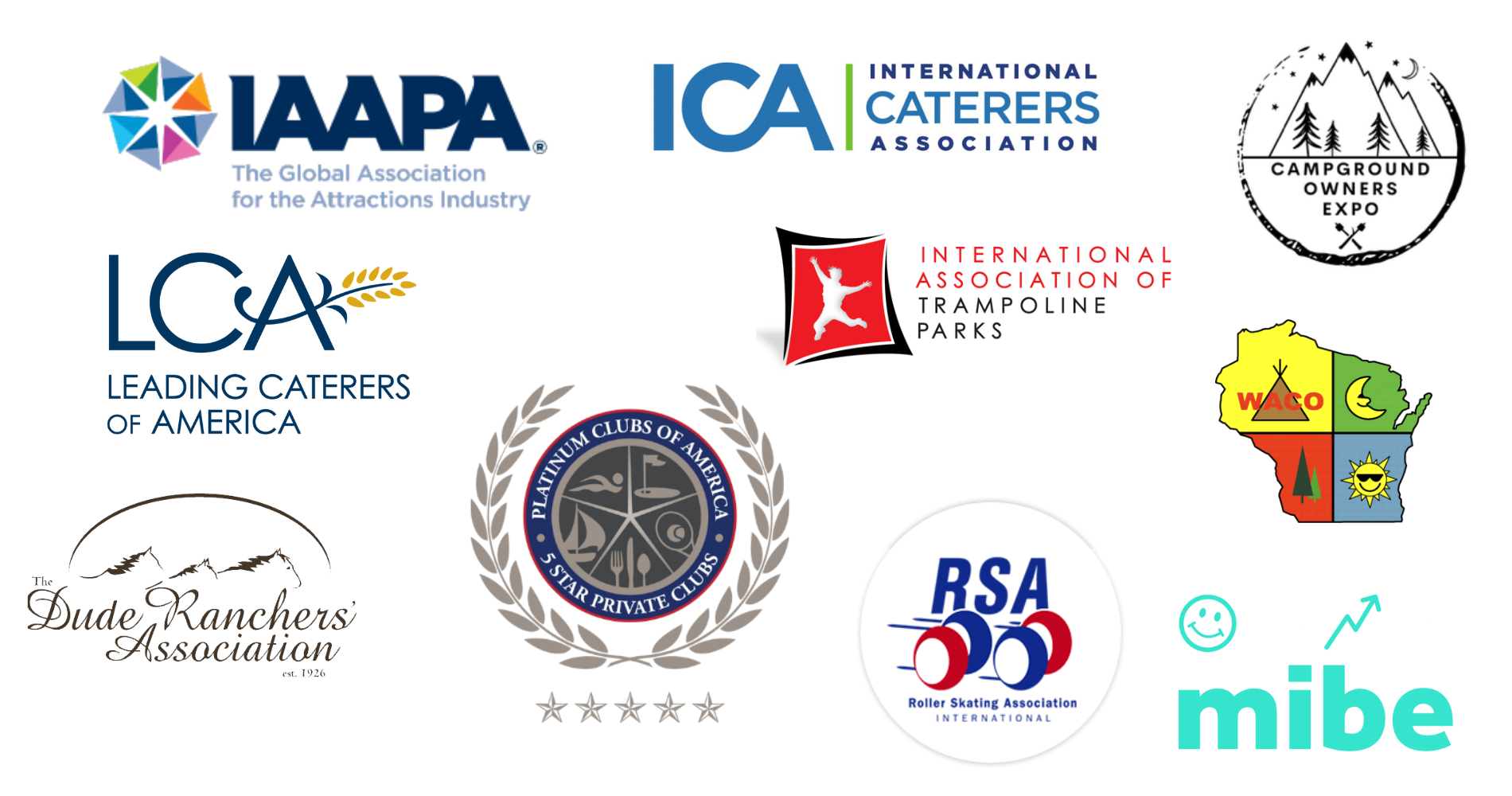How Food Costs and Staffing Come into Play When Creating Quotes
/Developing an accurate prospective quote requires careful planning to ensure you are doing right by your client. Overcut your quote and you might lose them to a competitor; undercut it and you may find your client disappointed when the final invoice turns out to be higher than expected.
Let’s look at a few ways to ensure your proposals are crafted with detail and precision.
Plan ahead
A forward-thinking mindset is always helpful in business, and it plays an especially important role in the sales process. Nailing down a realistic quote requires careful planning and anticipation of market changes in upcoming months.
Adam Gooch, corporate executive chef at Commonplea Catering adds: “You always have to factor in the time of year, as well as things such as holidays that will drive costs. For example, I was just working on a bid for a large breakfast event two weeks after Easter that had ham on the menu. I knew that ham prices were going to be above market because of the holiday. With that, I did factor a little lower cost on the big because those costs were going to drop after the holiday demand.”
Define a standard upcharge variable
It can help to determine a comfortable pricing structure that you can replicate for future events, but it’s important to remain flexible for any changes.
The number you land on will depend on several factors that are specific to your business, like where you’re located, your closest metro area, how many employees you have, and your long-term company goals.
It’s different for everyone, but it helps to have an easy number to go by. “When planning out a menu for a quote, I like to use about a 10% higher cost number,” shares Gooch. “This will cover any influx in variable market items like produce and meats that are always changing.”
To achieve better accuracy, be sure to include everything a client’s event will need to source from your company.
“We prepare menus and price according to 5x mark adjusted to perceived value in our market,” tells Lon Lane, president of Lon Lane’s Inspired Occasions. “We prepare a rental schedule for everything that is needed for that station or event. We staff to the station, and the event (Chefs, Floor Captain/Supervisor, Bartenders and floor staff). We include valet, floral, alcohol, ice, etc. according to the direction of the client. We line item everything so there is no misunderstanding.”
Crafting the proposal
Your proposal should reveal more than just a final price point — it should be custom tailored for each event to highlight your attention to detail and your commitment to producing top-tier events.
Meryl Snow, owner of Feastivities Events, says: “It is very crucial that the proposal you write is relevant to the client. The client is getting proposals from other companies apart from yours; as such it is vital that you don’t make the client feel like a commodity. Personalize the proposal. To craft a proposal that pops, you should know the client’s wishes.”
Noting your client’s detailed needs doesn’t just boost the client experience; it also ensures that your quote is more accurate and includes all of the essentials for your service.
Utilize technology
Fortunately, the advancements we’ve seen in technology means we don’t have to figure it out alone. There are lots of platforms and tools available to organize and streamline your pricing structure.
Anthony Lambatos, CEO of Footer Catering, shares: “All of our pricing is generated out of our software system (Total Party Planner). This makes it very straightforward for our event coordinators to price an event accurately. It removes the guess work from 75% of the event because we’ve taken the time to calculate costs and input correct pricing. There are also guidelines for creating a proposal that they must follow. When determining our pricing, we start with the target goal for the cost expense and then set the price accordingly.”
It’s time to take control of your pricing structure in order to provide prospective clients with accurate quotes. After all, your bottom line is at stake. The more you study and understand the numbers, the better equipped you’ll be to adjust your pricing, win a sale, and reach your goals.



